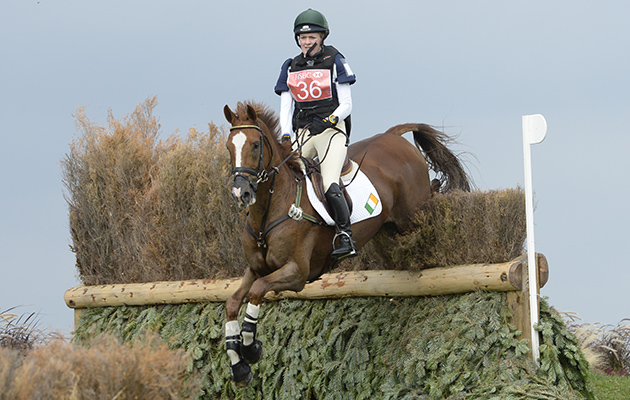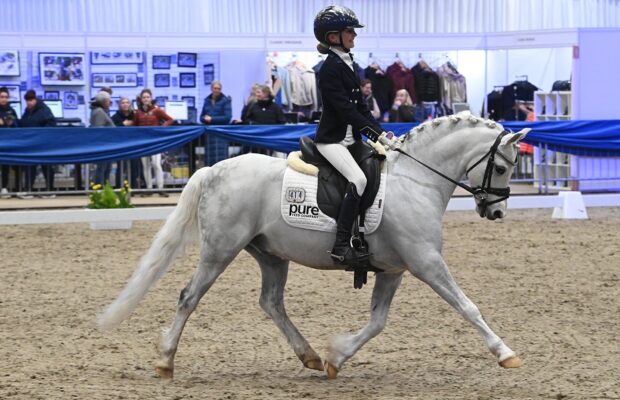Dressage rider Anand Patel offers advice on encouraging the horse to work from the quarters into an elastic contact
Anand was born and bred in central London, to a non-equestrian family, and is now realising his boyhood dreams of riding and producing horses professionally. Those riders he once watched endless training videos of, such as Carl Hester, he now trains with and is honoured to call his peers.
Training the stars
I have to work on throughness (the horse working from the hindquarters into a soft, elastic rein contact) with a few of my horses, but in particular Bandito, who is currently competing at medium level. He is a very big-mover and came to me practically unrideable as he was so stiff through the topline and incredibly naughty. Working on his flexibility and suppleness has really helped him to relax and learn to work through.
Lacking throughness is a common problem in horses competing at all levels, whether it is picked up by a dressage judge or noticed by a rider or trainer. A lack of throughness comes from riders and trainers who don’t focus enough on the suppleness of the horse’s topline.
When working on throughness, focus needs to be given to the bending and flexion of the ribcage, not just through the head and neck.
Tackling the issue
1. For a horse to be athletic and maximise their performance, the topline needs to be soft and supple. This will then enable them to work over the back and to use their whole body while moving. To keep the horse soft and loose over their neck and back, and to move through from the hindquarters, I follow some very basic principles.
2. First, ensure there is a lot of variety in the horse’s frame in each session. Start by encouraging the horse to work in a longer and lower frame, then vary the work to encourage them into a more “up” and rounder frame.
3. Then encourage the head and neck up and down in a higher frame and then a lower frame, and flex the head and neck to the left and right with gentle, open hands. Always make sure that the horse is flexed through the head, neck and into the barrel of the horse as well.
4. While varying the frame, keep the engagement and activity coming through from behind. Use lots of transitions to maintain activity. Moving up and down the paces and direct transitions will help keep the horse switched on.
Continued below…

#SundaySchool: perfecting pirouettes with Rebecca Hughes
The international dressage rider and young horse producer explains how walk pirouettes can improve engagement for medium trot

Using cavaletti to improve the horse’s canter and balance

Subscribe to Horse & Hound magazine today – and enjoy unlimited website access all year round
Consider this…
- You want to avoid the horse getting stuck in one frame and one pace. The variety in his frame and paces will help keep the horse loose and moving more freely.
- If you find your horse is stiffer on one side or struggles with the throughness, despite your training, it might be worth getting him seen by your vet and a qualified physiotherapist to ensure there isn’t an underlying physical issue.
- For a horse to accept being truly through, he must be happy in his mouth. If you are concerned he isn’t accepting the contact, perhaps look at his bit and teeth to rule out any pain or discomfort.
Would you like to read Horse & Hound’s independent journalism without any adverts? Join Horse & Hound Plus today and you can read all articles on HorseandHound.co.uk completely ad-free




